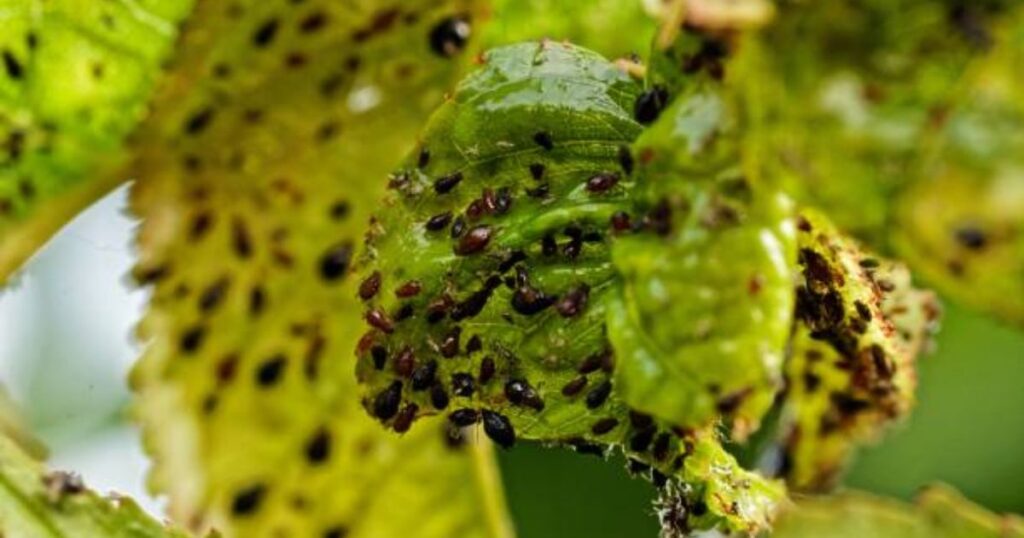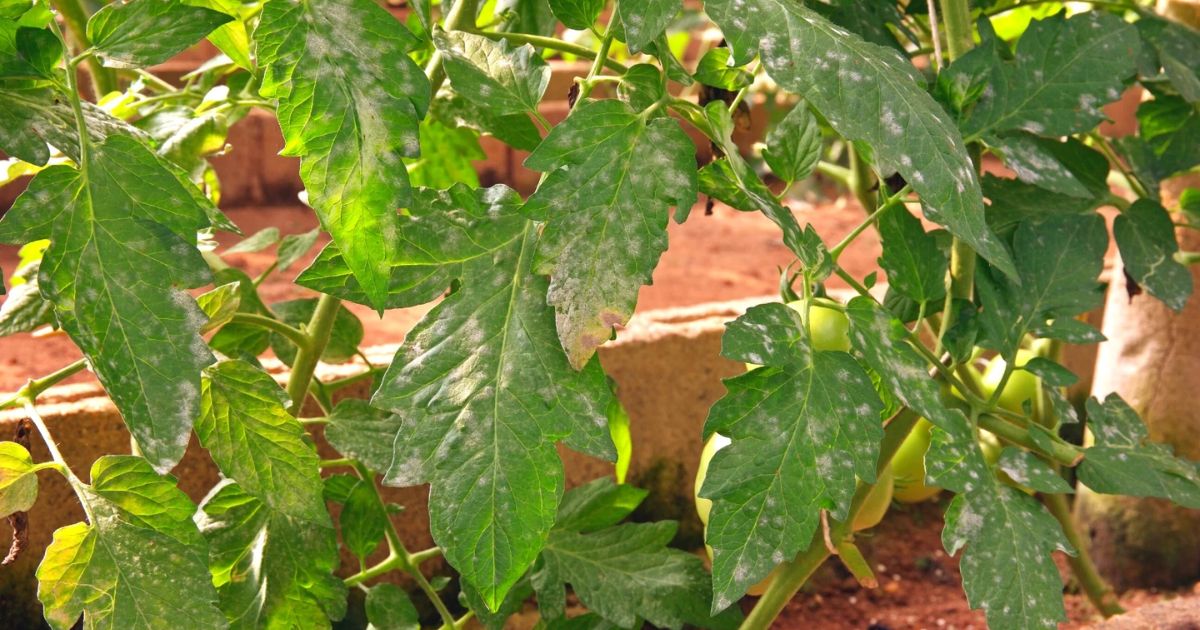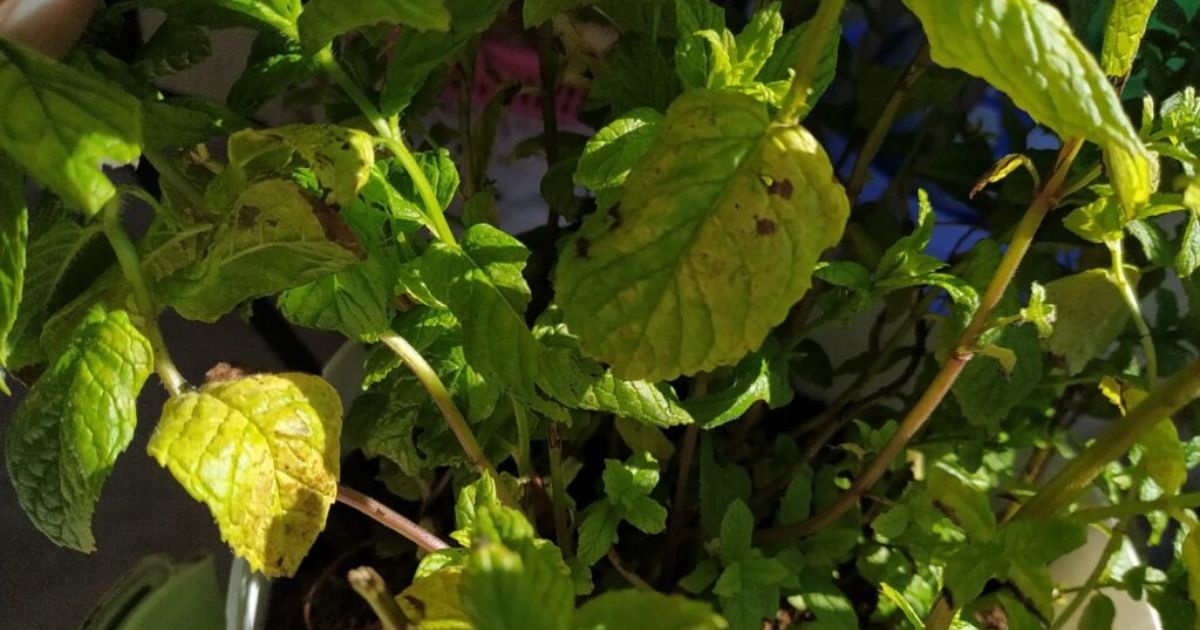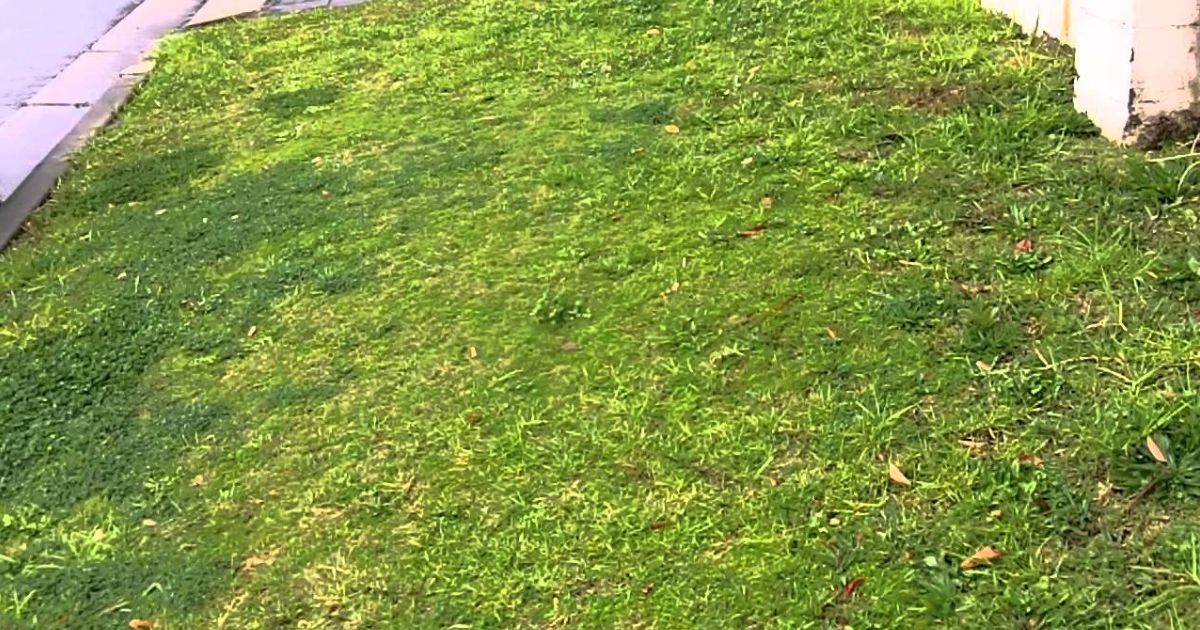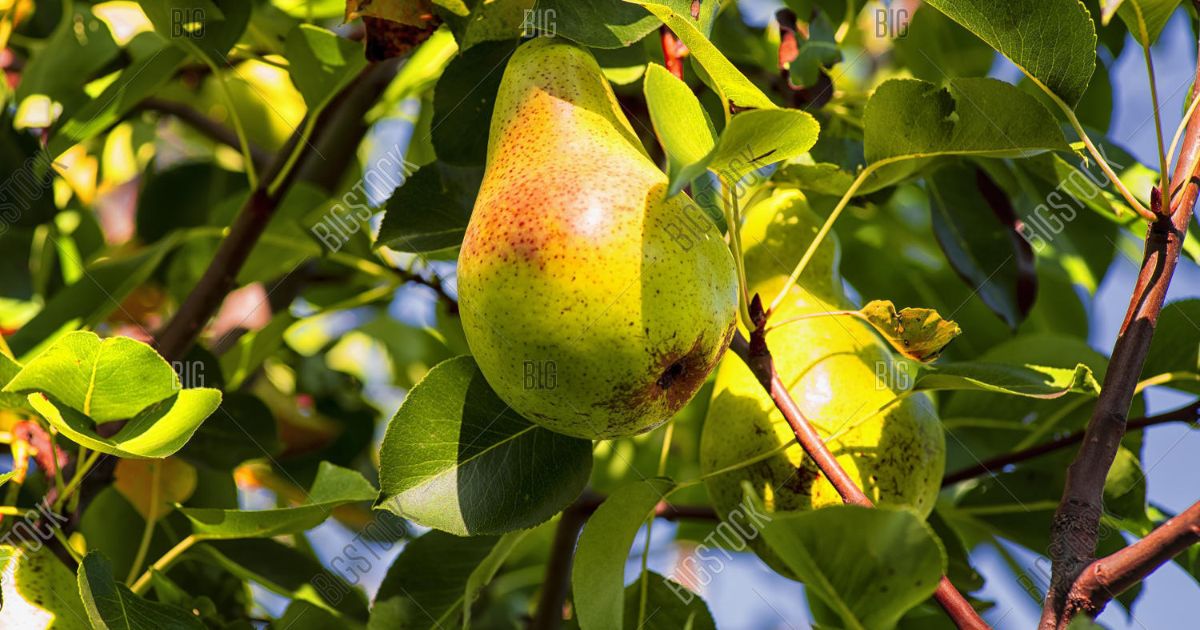Cherry trees are a delight in any garden, producing beautiful blossoms in spring and juicy fruits in summer. But like many fruit trees, they are vulnerable to pests, and one of the most common and troublesome is the black aphids on cherry tree. These tiny, sap-sucking insects might seem harmless at first glance, but they can quickly multiply, covering leaves and young shoots, leaving a sticky residue known as honeydew, and even promoting the growth of sooty mold. If left unchecked, black aphids can weaken your cherry tree, reduce fruit yield, and affect overall tree health.
In this guide, we’ll explore how to identify black aphid infestations, the damage they cause, and most importantly, practical strategies to control them naturally and chemically, keeping your cherry trees healthy and thriving.
Identify Black Aphid Infestations Early
Spotting black aphids early gives you a head start in controlling them. Inspect your cherry trees weekly during spring and early summer. Focus on these signs:
- Curling Leaves: Aphids feed on the undersides of leaves, causing them to curl inward, forming a protective shield for the colony.
- Sticky Residue: Honeydew coats leaves and branches, leaving a shiny, sticky film.
- Ant Activity: Ants love honeydew and often “farm” aphids, protecting them from predators. If ants swarm your tree, check for aphids.
- Sooty Mold: Black, powdery mold grows on honeydew-covered surfaces, How to Get Rid of Ants signaling aphid presence.
- Stunted Growth: New shoots and leaves may appear distorted or stop growing.
Use a magnifying glass to confirm aphids’ presence. Black aphids are tiny, dark, and pear-shaped, often clustering in dense groups. Early detection lets you act before the infestation spirals out of control.
Encourage Natural Predators
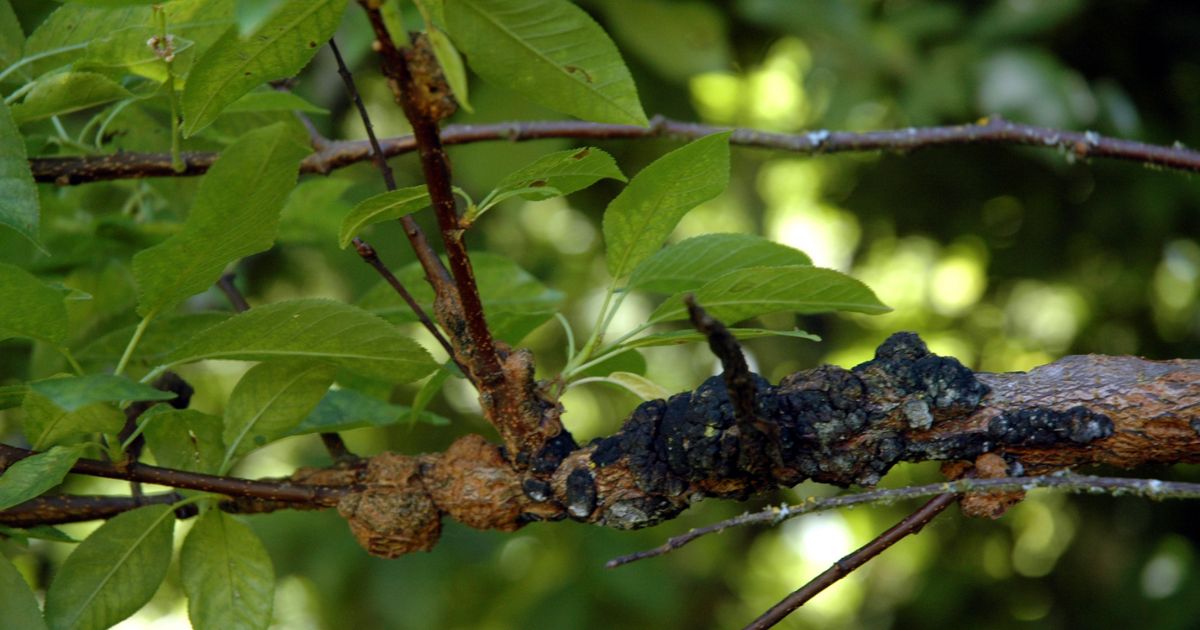
In the battle against black aphids, nature provides strong friends. Aphids are consumed by beneficial insects such as parasitic wasps, lacewings, and ladybugs, which control their population. Here’s how to attract these predators to your garden:
- Plant Companion Species: Grow nectar-rich plants like alyssum, yarrow, or fennel near your cherry trees. These attract predatory insects that target aphids.
- Avoid Broad-Spectrum Pesticides: Chemical sprays often kill beneficial insects along with pests. Opt for targeted solutions to preserve your natural allies.
- Install Insect Hotels: Small shelters made of wood, straw, or bamboo provide habitats for lacewings and ladybugs.
- Maintain Biodiversity: A diverse garden with native plants encourages a balanced ecosystem where predators thrive.
For instance, ladybugs can eat as many as fifty aphids each day. Ladybug populations are rapidly increased by releasing store-bought ladybugs close to infected trees. Look for live plants at nearby garden centers or internet vendors. Release ladybugs at dusk to prevent them from flying away.
Use Physical Controls
Physical methods remove aphids directly and disrupt their environment. These techniques work best for small infestations or as part of an integrated approach:
- Blast with Water: Use a strong jet of water to remove aphids from leaves with a garden hose. Spray early in the morning to ensure quick drying of the leaves, reducing the chance of fungal illnesses. Repeat every few days to keep aphid numbers low.
- Prune Infested Areas: Cut away heavily infested shoots and leaves, especially if aphids cluster in specific spots. Seal pruned material in a plastic bag and dispose of it to prevent aphids from spreading. Use rubbing alcohol to sterilize pruning implements in between cuts to stop infections or pests from spreading.
- Wipe Leaves: For small trees, wipe aphid-covered leaves with a damp cloth. This hands-on method works well for early infestations but can be time-consuming for larger trees.
Physical controls are non-toxic and immediate, making them ideal for organic gardeners or those avoiding chemicals.
Apply Natural Remedies
Natural remedies target aphids without harming beneficial insects or the environment. These solutions are easy to make and apply:
- Neem Oil: Neem oil disrupts aphid feeding and reproduction. Combine one gallon of water, two tablespoons of dish soap, and a few drops of neem oil. Spray affected areas thoroughly, focusing on leaf undersides. Apply every 7-10 days, avoiding midday heat to prevent leaf burn.
- Insecticidal Soap: Soap suffocates aphids on contact. Combine 1-2 tablespoons of liquid castile soap with 1 quart of water. Spray directly on aphids, ensuring complete coverage. Reapply every 3-5 days until the infestation clears.
- Garlic Spray: Aphids detest garlic’s pungent odor. Blend 2-3 garlic cloves with 1 quart of water, strain, and add a teaspoon of dish soap. Spray on affected areas. The smell repels aphids and discourages reinfestation.
- Diatomaceous Earth: Sprinkle food-grade diatomaceous earth around the base of your cherry tree. This powdery substance damages aphids’ exoskeletons, causing them to dehydrate. Reapply after rain or watering.
Test natural sprays on a small section of your tree first to ensure they don’t cause leaf damage. Apply in the early morning or late evening for best results.
Use Chemical Controls as a Last Resort
If natural methods fail to control a severe infestation, chemical pesticides offer a robust solution. Use them sparingly to minimize harm to beneficial insects and the environment. Follow these guidelines:
- Choose Targeted Pesticides: Select products labeled for aphid control on fruit trees, such as those containing imidacloprid or pyrethroids. Read labels carefully to ensure they’re safe for cherry trees.
- Apply Correctly: Spray in the early morning or late evening when pollinators like bees are less active. Cover all infested areas, including leaf undersides.
- Follow Timing Restrictions: Avoid spraying during flowering to protect pollinators. Step-by-Step Guide to Cutting Back a Cherry Tree Check the pesticide’s pre-harvest interval (PHI) to ensure fruit is safe to eat after application.
- Rotate Chemicals: Aphids can develop resistance to pesticides. Rotate between products with different active ingredients to prevent this.
Always wear protective gear, such as gloves and a mask, when applying chemicals. Keep pesticides out of children’s and pets‘ reach. And follow disposal guidelines.
Prevent Future Infestations
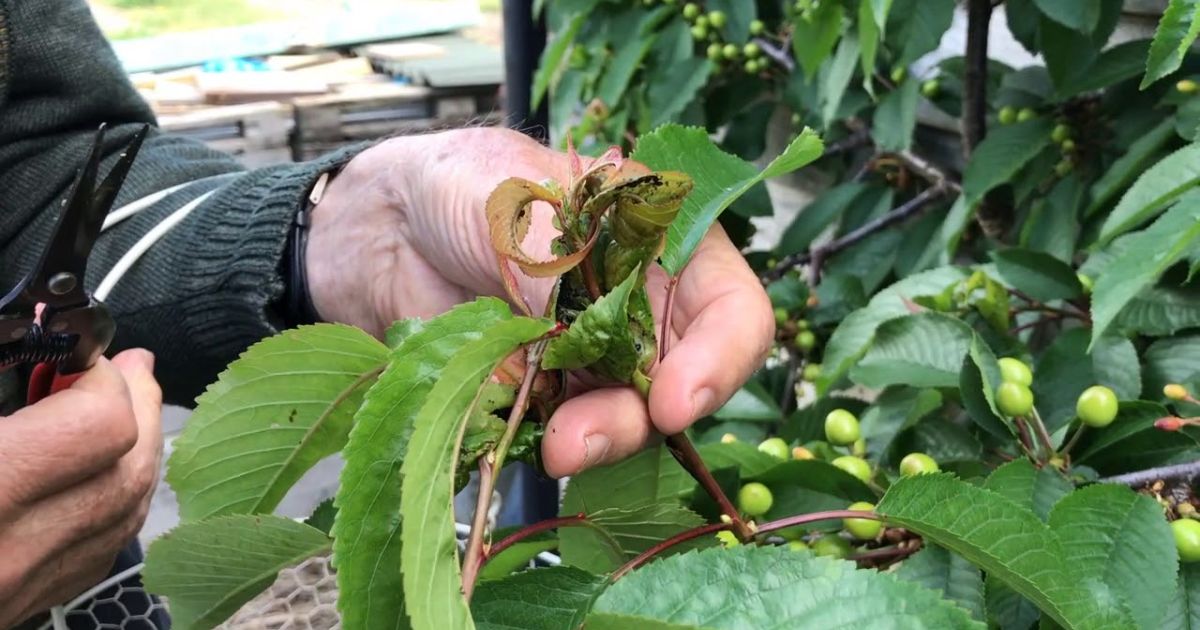
Prevention stops black aphids from returning. Adopt these practices to keep your cherry trees healthy and pest-resistant:
- Monitor Regularly: Inspect your trees weekly during the growing season. Early detection prevents small infestations from becoming significant problems.
- Fertilize Wisely: Over-fertilizing with nitrogen encourages lush, aphid-attracting growth. Use a balanced fertilizer, such as 10-10-10, and follow recommended rates for cherry trees.
- Water consistently: Healthy trees resist pests better. Water deeply but infrequently, ensuring soil stays moist but not waterlogged.
- Control Ants: Ants protect aphids from predators. Wrap tree trunks with sticky bands or apply ant bait stations to deter them.
- Prune Strategically: Regular pruning improves air circulation and sunlight exposure, How to Fix Cherry Tree Leaves Turning Brown making trees less hospitable to aphids. In late winter or early spring, trim any branches that are crowded or dead.
- Clean Up Debris: Fallen leaves and fruit can harbor overwintering aphid eggs. Rake and remove debris around the tree base in the fall.
Healthy trees are your best defense. Stress from drought, poor soil, or improper pruning makes cherry trees more susceptible to aphids.
Understand Aphid Life Cycles
Knowing black aphids’ life cycle helps you time your control efforts. In spring, overwintered eggs hatch into wingless females that reproduce rapidly. By early summer, winged aphids emerge, spreading to other trees. In the fall, they lay eggs on bark or twigs, which survive winter and restart the cycle. Are Those Stripes Safe Identifying Striped Caterpillars Target eggs in late winter with dormant oil sprays. These suffocate eggs and reduce spring populations. Apply horticultural oil when temperatures are above freezing but below 70°F, typically in late February or early March. Coat branches and bark thoroughly.
Maintain Tree Health Year-Round
A robust ants and aphids on cherry tree shrugs off aphid attacks better than a weak one. Follow these care tips to keep your trees thriving:
Soil Health: Test soil pH and nutrients annually. Cherry trees prefer slightly acidic soil (pH 6.0-6.8). Add organic debris or compost to increase fertility and drainage.
- Mulch: Spread two to three inches of wood or other organic mulch. Chips or bark, to the base of the tree. Mulch retains moisture and suppresses weeds, reducing competition for nutrients.
- Protect from Stress: Shield young trees from extreme weather with tree wraps or shade cloth. Steer clear of low-lying, frost-prone regions when planting.
- Choose Resistant Varieties: Some cherry varieties, How to get rid of house plant flies like ‘Stella’ or ‘Lapins,’ show better resistance to pests. Research local recommendations when planting new trees.
Troubleshooting Common Challenges
Controlling black aphids isn’t always straightforward. Here are solutions to common issues:
- Persistent Infestations: If aphids return despite treatment, check for ant colonies protecting them. Eliminate ants with baits or barriers, then reapply natural or chemical controls.
- Leaf Damage: Curling leaves may not uncurl after treatment, but new growth should be healthy. Prune damaged leaves to encourage fresh shoots.
- Sooty Mold: Wash mold off leaves with a mild soap solution. Controlling aphids prevents further honeydew buildup.
- Pesticide Resistance: If chemicals lose effectiveness, switch to a different active ingredient and integrate natural methods.
When to Call a Professional
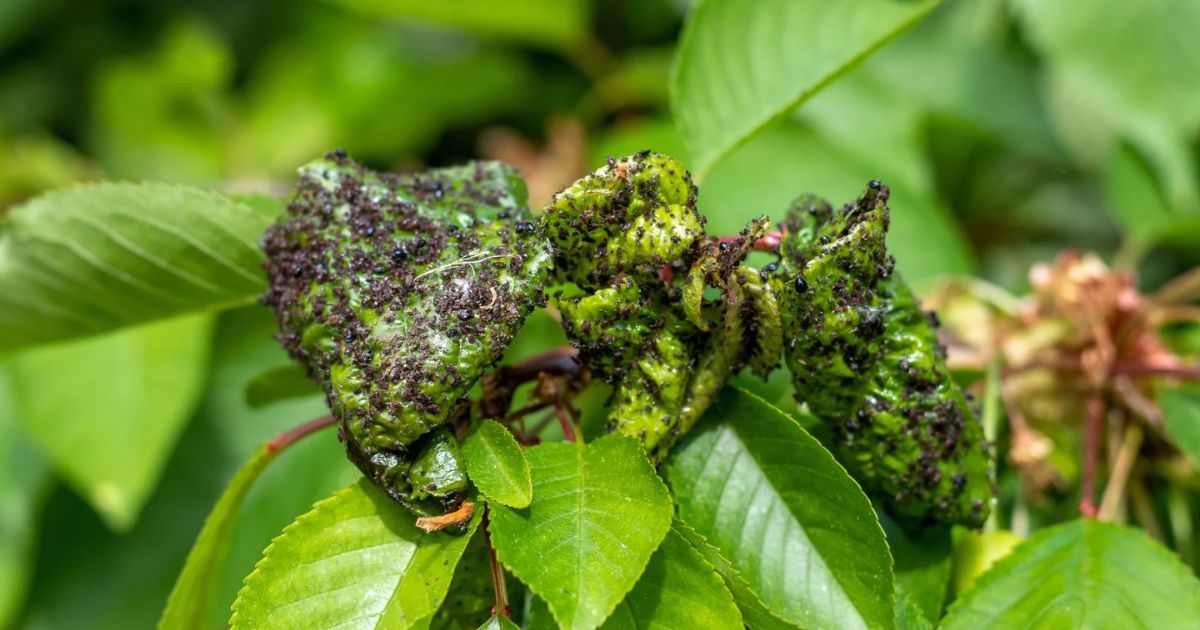
If infestations persist or your tree shows severe decline, yellowing leaves, significant dieback, or reduced fruit, consult an arborist or local extension service. They can diagnose underlying issues, will aphids kill my cherry tree such as soil deficiencies or secondary infections, and recommend tailored solutions.
Final Thoughts
Controlling black cherry aphid spray demands vigilance, a mix of strategies, and a commitment to tree health. Start with early detection, leverage natural predators, and use physical and natural remedies for small infestations. Reserve chemical controls for severe cases, and prioritize prevention to keep aphids at bay. With consistent care, your cherry trees will thrive, delivering bountiful harvests and stunning blooms.
By acting quickly and combining these methods, you’ll protect your cherry trees from black aphids and enjoy their beauty and fruit for seasons to come. Inspect your trees today, and take the first step toward a pest-free orchard.
FAQ
What causes black aphid infestations on cherry trees?
Black aphids are attracted to tender new growth and the sap of cherry trees. Over-fertilization, warm weather, and lack of natural predators can increase the risk of infestation.
Are black aphids harmful to humans or pets?
No, black aphids do not bite or sting humans or pets. Their main impact is on plants, not people or animals.
Can I use vinegar to get rid of aphids naturally?
Vinegar can sometimes deter aphids in small amounts, but it can also harm your tree if used in high concentrations.
How often should I spray neem oil on cherry trees?
Spray neem oil every 7–14 days during active aphid infestations. Make sure to cover both leaf tops and undersides for the best results.
Will aphids go away on their own?
Sometimes, natural predators like ladybugs and lacewings can reduce aphid populations, but without intervention, heavy infestations can persist and damage the tree. Regular monitoring and early action are key.
Can ants increase aphid problems?
Yes, ants are attracted to the honeydew produced by aphids and can protect them from natural predators, making infestations worse. Controlling ant populations can help manage aphids.

